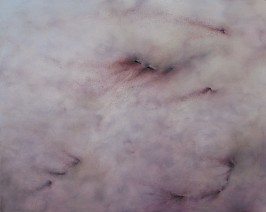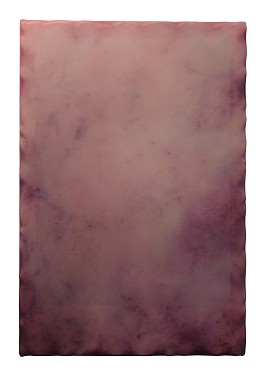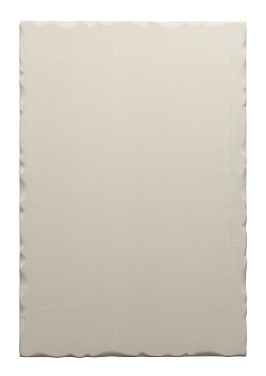Paweł Matyszewski
born in 1984
Education:
Diploma with honours, Academy of Fine Arts in Poznań, prof. Piotr C. Kowalski’s studio (2009)
Individual exhibitions:
2011
Salted Candy, Nowa Gallery, Poznań, Poland
fears, Piekary Gallery, Poznań, Poland
2010
Species, Arsenał Gallery, Białystok, Poland
2009
Leucospermum (diploma), Starter Gallery, Poznań, Poland
2008
Lysichiton, Enter Gallery, Poznań, Poland
Collective exhibitions:
2011
Interior, State Ethnographic Museum, Warsaw, Poland
2010
Public Space – Contexts, Profil Gallery, Zamek Culture Centre, Poznań, Poland
50 Pictures, BWA Bielska Gallery, Bielsko-Biała, Poland
Promotions 2010, Art Gallery in Legnica, Poland
Very Good Pictures, BWA Bielska Gallery, Bielsko-Biała, Poland
Ars Homo Erotica, National Museum in Warsaw, Poland
Protoplasm, Old Power Station, Arsenał Gallery, Białystok, Poland
2009
End 3, End Gallery, Poznań, Poland
Bielsko Autumn, BWA Bielska Gallery, Bielsko-Biała, Poland
Figurama, e.g. Prague, Brno, Brussels, Czech Republic, Belgium
2008
Summer Love, Enter Gallery, Poznań, Poland
Competitions and grants:
2010
Public Space – Contexts, Zamek Culture Centre, Poznań, 2nd Prize
Promotions 2010, Art Gallery in Legnica, 3rd Prize
Mayor of Białystok grant, Complications project
2009
Bielsko Autumn Painting Biennale, 3rd Prize
Paweł Matyszewski is one of the most promising young artists. His first individual exhibition was held in the Arsenał Gallery in Białystok in 2010. This year he has been also awarded the Golden Spur statuette at the Young Painters Review “Promocje” organized by the Art Gallery in Legnica. He is a phenomenon because of his unusual approach to the picture. He mixes genres and conventions, his works refer both to photography and handicraft, some may even be classified as objects rather than pictures in the traditional sense. His surfaces are full of bulges, concavities, even foreign matter from systems other than the painting order (e.g. human hair). It makes the paintings haptic, welcoming to touch, even though they are occasionally repulsive. However, they remain subtle, minimalistic, almost abstract. They arouse emotions and do not leave you indifferent, probably due to the fact that they often resemble human skin, complete with its tattoos, scars, bruises, networks of thin capillaries, worn out or torn epidermis. The story told by the artist is directly reflected on the body. What makes the canvases characteristic is their colour diversity and abjectional element (we seem to be confronted with a real human body!). In this way, the author transgresses the boundary between the representative and real (bodily) order. The corporeality of the pictures is both attractive and repulsive – the extraordinary patterns on the canvas/body fascinate, while the clearly marked tissue degradation (to the point of degeneration) frightens. Matyszewski’s artistic expression is very personal at the same time. His pictures tell stories of wounds, fears, pain, but also hope. His works are full of understatements and mystery. Emotions and feelings are hidden under the skin.
Izabela Kowalczyk


